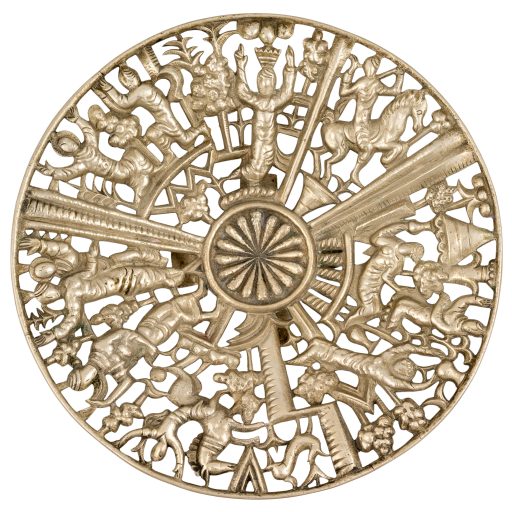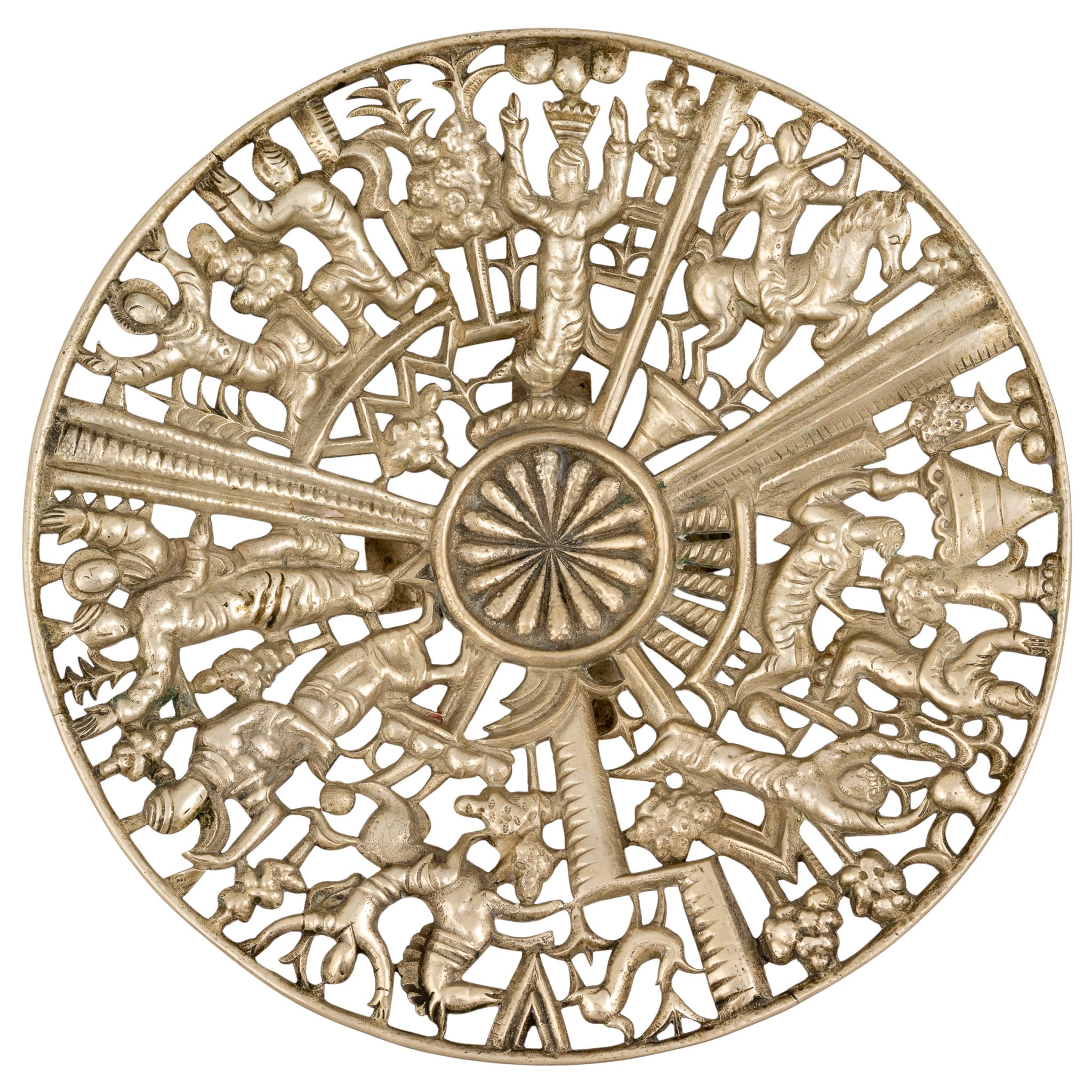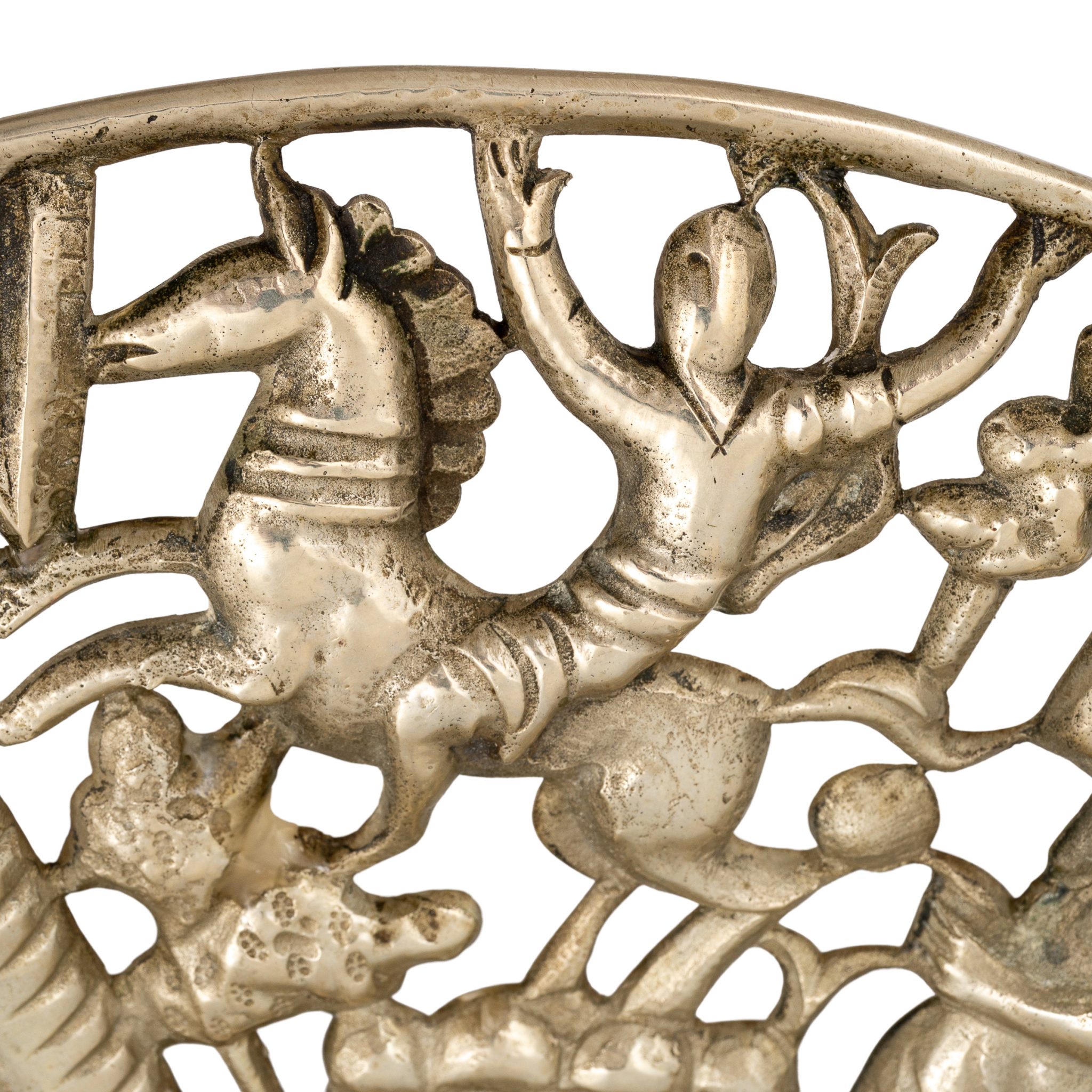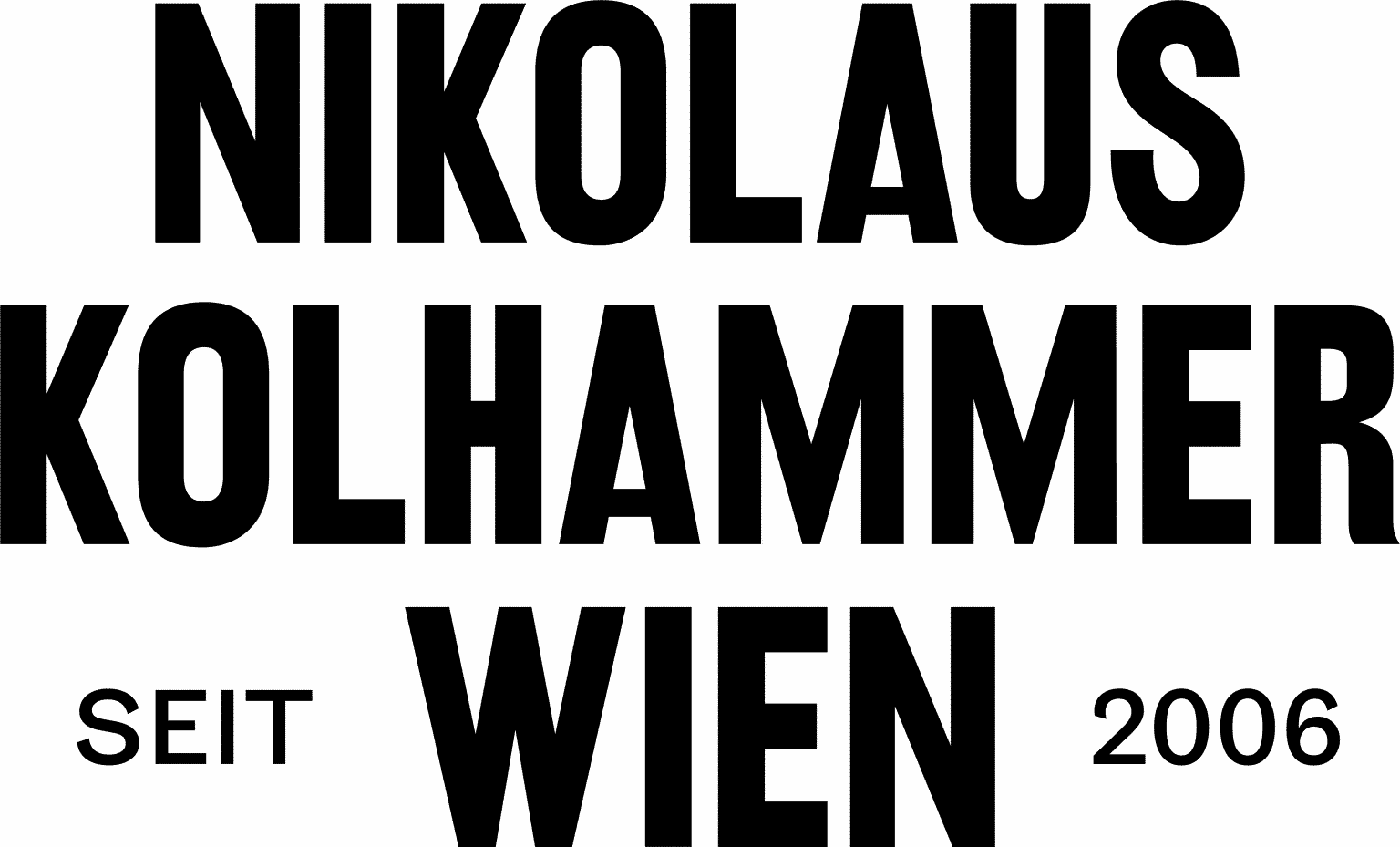Centerpiece Franz Hagenauer um 1925
Centerpiece “Lissa”, design by Franz Hagenauer, execution by Werkstätte Hagenauer Wien, ca. 1925, brass, cast, chiselled
Description
During the final semester of his studies at the School of Applied Arts, Franz Hagenauer was involved in preparations for the 1925 World’s Fair in Paris, the Exposition Internationale des Arts Décoratifs et Industriels Modernes, which opened in April. His teacher, Anton Hanak, had been tasked with designing a room featuring the works of his students. As a result, five students showcased their works in a “metal room,” which the organizers referred to as a “salle de culte” (a “worship room”). For this space, lined with hammered metal sheets, Franz Hagenauer created several wall reliefs and metal sculptures, including a rider sculpture. The 19-year-old Franz was awarded a silver medal for his contribution.
Surviving historical photographs of the “salle de culte” show a design reminiscent of a Romanesque portal. The scenes depicted seem to be inspired by Christian iconography: many of the figures have halos, and one of the reliefs features depictions of Adam and Eve.
Later that same year, Franz Hagenauer exhibited a hammered metal reliquary, Easter candlesticks, and a Holy Spirit dove at the exhibition of Christian Art at the Vienna Secession, all in a similar stylistic language.
The pair of candlesticks “Leon” and the bowl “Lissa” are stilistically connected to these two exhibitions. The cast alpaca bowl features simplified figures, which can already be seen in the reliefs of the “salle de culte.” However, the original meaning of these figures recedes in favor of an ornamental composition. Here, Hagenauer employs a technique that would later become characteristic of the Hagenauer workshop: figures are rhythmically and ornamentally composed into scenes, with intentional use of asymmetry to achieve a lively and less rigid effect.
The bowl, along with the candlesticks, was photographed in 1928 for the Hagenauer’s sales catalog and is also documented as sketches in the Werkstätte Hagenauer’s pattern book.
Inquiry
By submitting the inquiry form, you agree to the use of your data for this inquiry. Privacy Policy

















